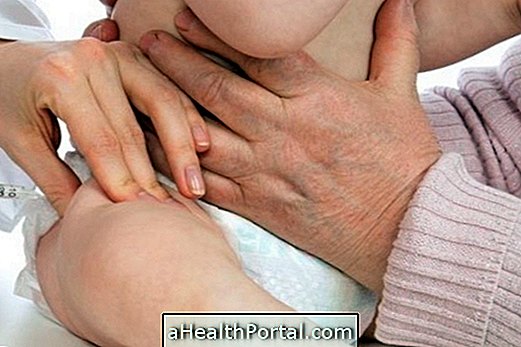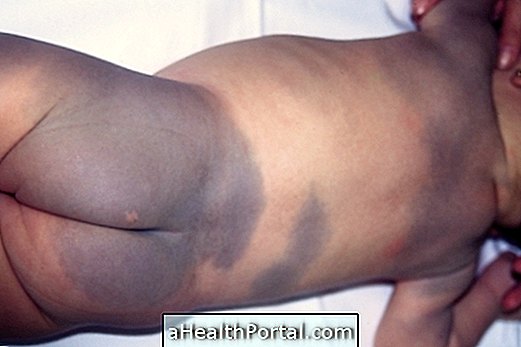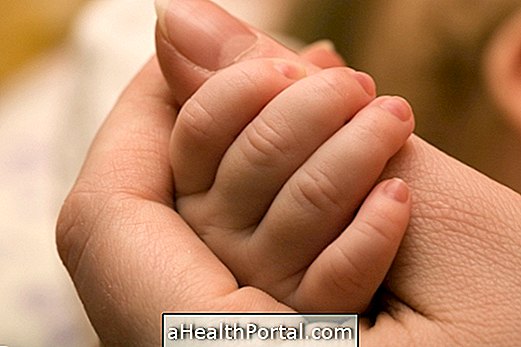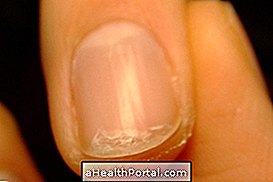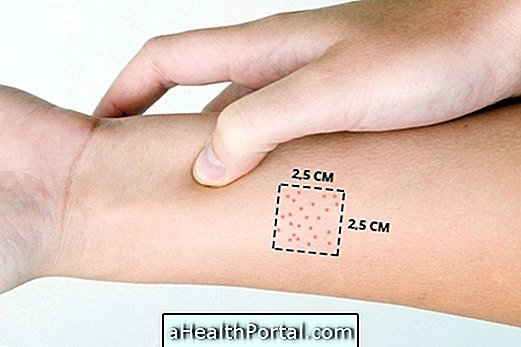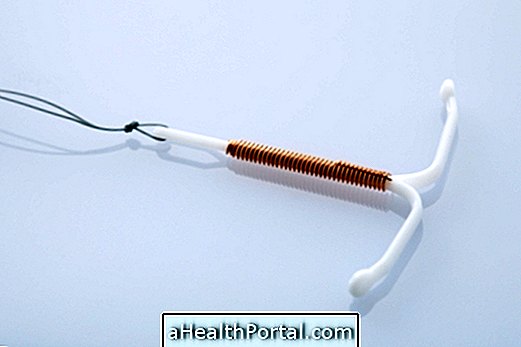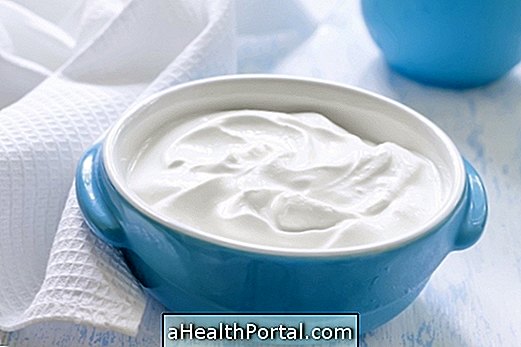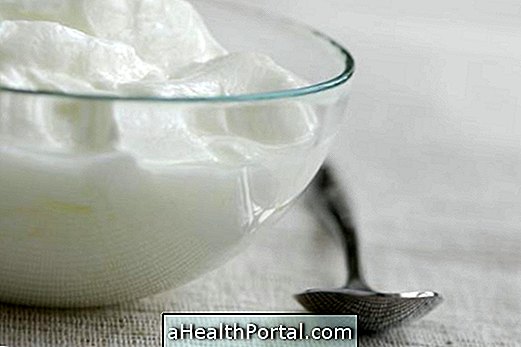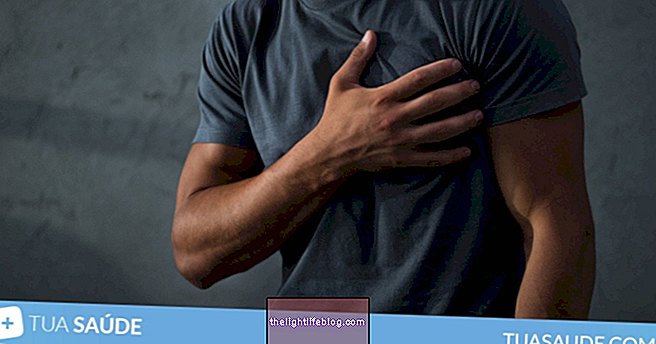The total or partial obstruction of the channel that leads to tears is called dacryostenosis. Blockage of the lacrimal canal may be congenital, due to inadequate development of the lacrimonasal system, or acquired, and may result from blows to the nose or facial bones, for example.
Obstruction of the canal is not usually severe, however, the doctor should be informed so that treatment can be given if necessary, as there may be inflammation of the obstructed canal, which is known as dacryocystitis.
Dacryosteenosis usually causes tears to flow over the cheek and may occur in one or both eyes, and this situation is more rare.
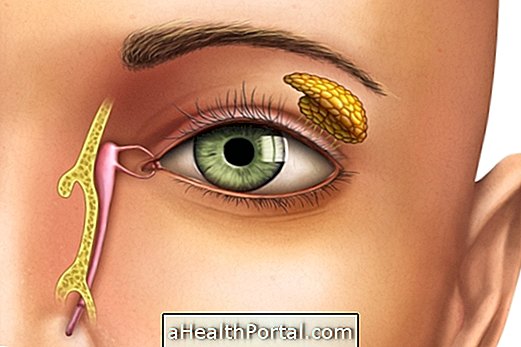
Lacrimal canal block in baby
The lacrimal canal blockade in infants is called congenital dacrythenosis, which can be seen in babies between 3 and 12 weeks of birth, and occurs due to incorrect formation of the lacrimonasal system. However, it tends to disappear spontaneously between 6 and 9 months of age due to maturation of the lacrimonasal system.
Acquired Dacrythenosis
Unlike congenital, tear channel blockage occurs over time and is usually related to aging, where the canal becomes narrower over time, and may be related to blows to the face or nose and inflammatory diseases, such as sarcoidosis, for example. Know the symptoms of sarcoidosis.
How is the treatment done?
It is recommended by the physician that infants who have lacrimal canal blockage receive 4 to 5 times a day from their parents or caregivers to massage the region of the inner corner of the eye to decrease the blockage. However, if inflammatory signs are found, the use of antibiotic eye drops may be indicated by the pediatrician. The massages should be the canal to be unobstructed or until the first year of the child's life, otherwise a small surgical procedure may be necessary to open the tear canal.
The otorhinolaryngologist and the ophthalmologist are the most suitable doctors to perform the surgery to clear the tear canal. This surgical procedure is ugly with the aid of a small catheter and the adult should undergo local anesthesia and the child to the general.
